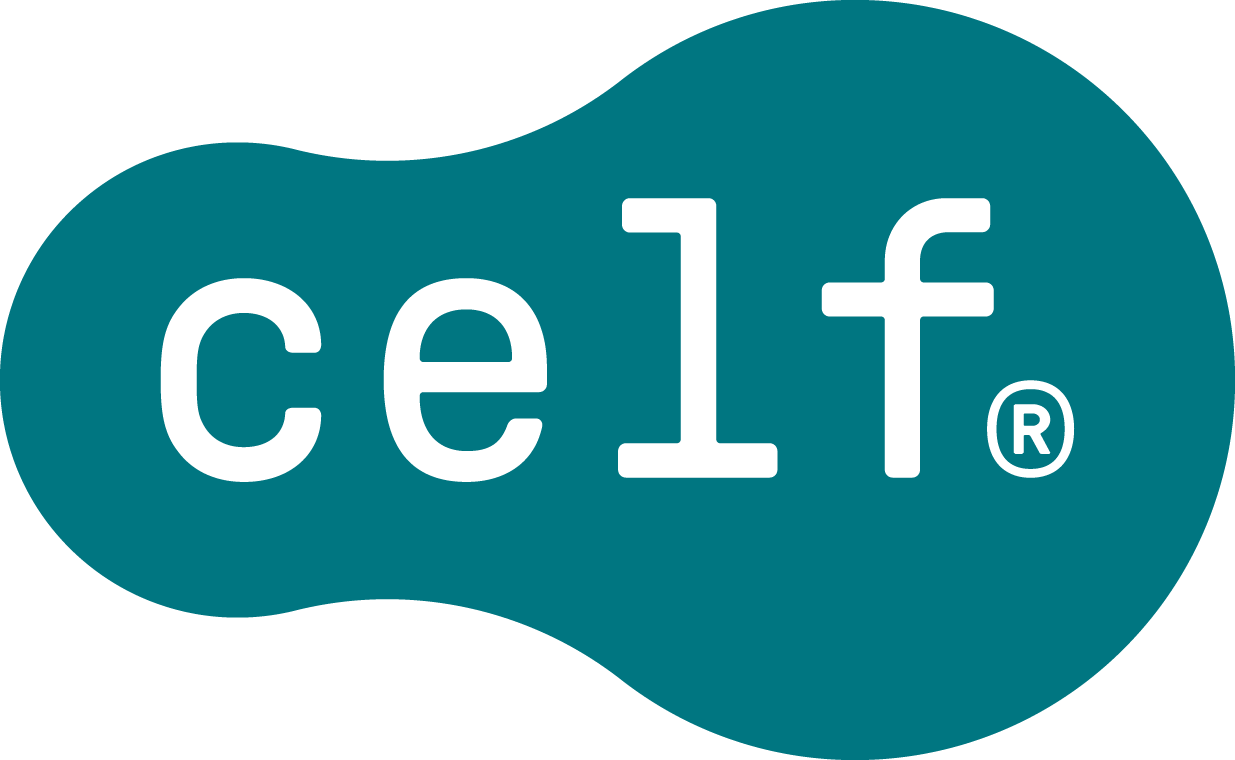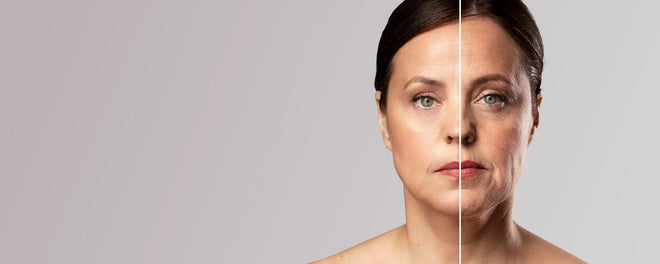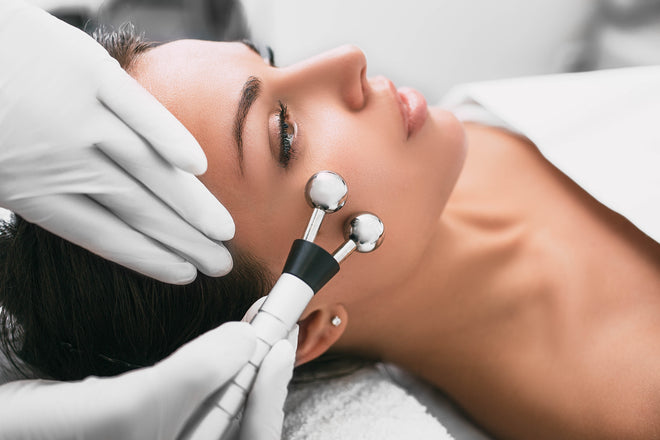Best Skincare Routine for Oily and Acne-Prone Skin: Clear & Balanced
Table of Contents
Best Skincare Routine for Oily and Acne-Prone Skin
I Introduction: Empowering Your Clear Skin Journey
Managing oily and acne-prone skin is difficult, but if you follow a science-based skincare regimen, you can achieve the clear, beautiful skin you've always wanted. The first step towards success is understanding how to serve your skin's unique needs. Oily skin results from overactive sebaceous glands producing excess sebum, and this excess oil can lead to clogged pores and the development of breakouts. Many are also acne-prone skin types that tend to be sensitive and require a gentle approach, while being effective.
II. Getting to Know Oily and Acne-Prone Skin
While oily skin and acne-prone skin often coincide, they each represent slightly different types of skin. Oily skin has an overproduction of sebum that not only leaves the skin looking shiny on the surface, but also contributes to enlarged pores; acne-prone skin has prevalent pore-clogging, inflammation, and excess Propionibacterium acnes bacteria that cause individual breakouts as well.
Sebaceous glands lie underneath the surface of the skin and produce sebum. When your skin produces the right amount of sebum, you are protected, hydrated, and fed. However, when these glands produce excessive amounts of sebum, it combines with the skin's dead skin cells and clogs ignited pores, leading to acne breakouts. Inflamed pore sebum combined with the presence of Propionibacterium acnes bacteria ultimately leads to breakouts on an oily skin type and acne-prone individuals.
Grasping these related principles is critical for selecting suitable skincare products and remedial treatments. Following the correct daily habitat regime that regulates sebum production, unclogs pores, and diminishes pore inflammation can vastly improve skin health. PEEL (with CELF Microvibration therapy) can enhance the impacts of those three by stimulating blood flow and hydra-circulation and increasing collagen production, all of which help to reveal clearer, more regulated skin.
III. Frequent Skincare Blunders in Those with Oily Skin (What to do instead)
Finding a skincare regimen that works for oily skin can be a significant challenge, and some common mistakes can worsen the problem:
1. Over-cleansing
Cleansing the face too frequently, or using very harsh cleansers, can strip away the skin's natural oils, causing the skin to produce excess sebum.
2. Not using moisturizer
Even oily skin needs hydration! It is a common misconception that oily skin doesn't need to be moisturized. At times, skipping moisturizer can cause the skin to produce more oil to compensate for the drying effect.
3. Using products with comedogenic ingredients
Certain anti-ageing products, foundations, cream blushes, etc., contain comedogenic ingredients that can block pores, causing breakouts and dullness.
4. Not using sunscreen
Lots of people skip sunscreen because they are afraid of being greasy! This leaves the skin vulnerable to UV damage and post-acne hyperpigmentation.
What can you do?
· Gently cleanse your skin using sulfate-free cleansers that don't strip away oils.
· Consider using non-comedogenic moisturizers for hydration, which will hydrate without blocking pores.
· Choose lightweight oil-free broad-spectrum sunscreens made for oily skin.
· Include applications of treatments like CELF Micro vibration Therapy to help the products absorb into the skin, as well as help balance and hydrate the skin.
By steering clear of these pitfalls and customizing your skincare, you can man age your oily skin and prevent acne.
IV. Establishing an Effective Skincare Plan: Science-Based Steps
An effective skincare routine for oily and acne-prone skin can consist of:
-
Gentle Cleanser (AM and PM):
Use a sulfate-free and pH-balanced cleanser with ingredients such as salicylic acid or niacinamide. This will remove any excess oil without drying your skin out. -
Exfoliation (2–3 Times a Week):
Use a chemical exfoliant such as a BHA to unclog the pores and reduce oiliness. -
Toning (Optional):
Use alcohol-free toners with ingredients such as witch hazel or green tea. Toning can help balance the skin's pH and prepare the skin for other products. -
Target Serums and Treatments:
Use serums with the same ingredients you used in your cleansers, such as niacinamide, salicylic acid, or retinol. Combining CELF Therapy will improve penetration and absorption of your serums and treatments and increase efficacy. -
Moisturizer:
Lightweight, non-comedogenic moisturizers with hydrating ingredients like hyaluronic acid will help your skin maintain its balance. -
Sunscreen (AM):
Use sunscreen with broad-spectrum SPF protection to prevent harmful UVA and UVC rays that lead to UV damage.
By following these science-backed steps and introducing innovative treatments such as CELF, you can effectively manage oily acne-prone skin and support your skin towards a healthier complexion.
V. Weekly Boosts: Skincare Technologies and Masks for Skin Health
While maintaining a daily skincare routine is crucial for healthy skin, additional weekly treatments can be boosters that address deeply cleansed pores filled with sebum and a cell-packed outer layer. Masks and other advanced skincare technologies are good options used as a treatment product or technique once or twice a week that can support skin clarity, health, and skin resilience with a boost.
Clay masks, particularly those with kaolin or bentonite, are a good way to absorb impurities and excess sebum. Natural clays are very effective when used as face masks because they draw oil out from the pores, simultaneously lessening shininess and potential acne flare-ups. When using clay masks, they can play an even bigger role for skin health when combined with anti-inflammatory properties, such as tea tree oil or turmeric; both ingredients can soothe the skin and reduce skin irritations.
In addition to masks, incorporating LED light therapy, and especially blue light, can make a significant impact on oily skin. Blue light penetrates below the surface of the skin to target acne-causing bacteria (P. acnes), reducing the potential of having to use powerful chemicals for a clarifying treatment.
VI. Weekly Assistance: Tech and Masks for Skin Health
Daily skincare provides the foundation for healthy skin; however, weekly treatments can be a great addition for masks and other more technologically advanced skin therapies. Weekly treatments are good for deep cleansing, detoxing, and revitalizing oily and/or acne-prone skin. Incorporating masks and advanced skincare technologies into your routine 1–2x weekly can greatly improve skin clarity and strength.
Clay masks, especially non-comedogenic clays like kaolin and bentonite, are one of the best options for dragging out toxins and excess sebum. These natural clays absorb oil from deep inside the pores, creating a matte and radiant complexion while reducing acne and sebaceous gland flare-ups. Select a clay mask that contains some anti-inflammatory ingredients (e.g., tea tree oil, turmeric, etc.) to give baked-on irritation a nice cool down.
In addition to masks, LED Light therapy systems, most importantly blue light, can be incredibly effective for a weekly treatment. Blue light kills some of the acne-causing bacteria (some strains of P. acnes) below the skin, which helps patients reduce breakouts without skin-drying prescription products.
Adding CELF Microvibration Therapy into your daily regimen can have dramatic effects. Microvibrating at a low frequency creates vibrations that aid micro-circulation, lymphatic drainage, and the skin's ability to repair and revive.
VII. Diet and Hydration
Diet is also an incredibly important factor in oil production, and the glycemic index of your diet is directly correlated with acne flare-ups. Foods with high glycemic values (such as sugary snacks and refined carbohydrates) spike insulin, which contributes to increased sebum and inflammation. The most effective method is to adopt a whole food plant-based diet that is rich in antioxidants, fibres, and omega-3 fatty acids. Include fruits, vegetables, whole grains, and nuts to keep skin healthy and clear.
When it comes to oily skin wisdom, hydration is often neglected because oily skin sometimes gives the illusion of healthy skin. However, drinking enough water is essential to help flush toxins and support a healthy skin barrier to reduce excess oil and skin irritation.
Sleep is a commonly underestimated lifestyle factor, but it is during sleep that your skin does its most important work of restoration. Aim for optimal regeneration and rest by targeting 7–9 hours of sleep a night.
VIII. Choosing Products- Ingredients To Look For and Avoid
Choosing appropriate products for oily or acne-prone skin is essential. One wrong ingredient can clog a pore or cause a breakout, while the right ingredient can balance oil, calm inflammation, and prevent acne.
While selecting products, use oil-controlling and acne-fighting ingredients like:
• Salicylic acid (BHA) that goes deep into your pores to dissolve oil and unclog.
• Niacinamide, which decreases inflammation, reduces the appearance of pores, and adjusts oil production.
• Zinc PC, A, which controls the production of oil to remain balanced and helps fight bacteria.
• Retinoids, which stimulate skin cell turnover and prevent clogged pores.
• Hyaluronic acid, which offers hydration but is fairly lightweight and does not clog pores.
Avoid using:
• Comedogenic heavy oils, such as coconut oil or cocoa butter.
• Alcohol-based toner, which will strip your skin and lead to increased oil production.
• Fragrance or essential oils that tend to irritate acne-prone skin.
CELF Microvibration Therapy increases product absorption where active ingredients can penetrate deeply and thus, work more efficiently. Always perform a patch test of any new products you use, and consider non-comedogenic, pH-balanced, and fragrance-free formulas in your product selection.
Ultimately, if you choose wisely, you are getting your skin the best kind of help and support. Saving it from added stress and helping to keep acne at bay, and oil levels in check.
IX. Incorporating CELF Micro-vibration Therapy into Your Skincare Routine
CELF Microvibration Therapy is a direct slice of nature's transformative power that provides a shallow impact with “frequency” vibrations (145) to activate our fibroblast cells to increase collagen production for firmer skin. Not only that, but this therapy increases local circulation, which contributes to a radiant glow, and improves the absorption of serums, allowing the active ingredients, such as hyaluronic acid, to deeply penetrate the skin while hydrating.
CELF Micro-vibration Therapy is a game changer, combining science with self-care. It is designed for healing and renewal of the skin, through non-invasive technology with low-frequency micro-vibration, which targets fibroblast cells responsible for producing collagen.
There are lots of positive effects that CELF will have on oily, and/or acne-prone skin:
• Stimulated blood circulation to improve skin tone, while also delivering nutrients to skin cells with efficiency
• Increasing collagen production for repair of acne-damaged skin, while tightening enlarged pores
• Increase absorption of skincare products, to improve the effectiveness of your serums and moisturizers
• Reduction of inflammation to reduce breakouts, with a healing and calming effect on inflammation of skinClinical studies demonstrated a 43% reduction in skin porphyrins following 8 weeks of celf therapy for 2 minutes a day, Bacterial porphyrins, secreted by skin bacteria like Propionibacterium acnes, are linked to inflammation and skin diseases like acne. High levels of these porphyrins are associated with inflammatory skin conditions.
By adding CELF as one of your skincare routines, you are treating existing acne and caring for your skin in the long run. It is like giving your skin a light workout; it stimulates, strengthens, and smooths over time.
Are you ready to approach your journey proactively and positively? Learn about all the benefits of CELF Microvibration Therapy and how it can change your approach to supportive, skin-friendly care.
X. Conclusion: Have Skin That Reflects Your Best Self Through Science & Self-Care
Clear, healthy skin is a journey and not a destination—and for individuals with oily and acne-prone skin, it’s important to understand that you have a journey full of science but also requires consistency in self-care. You must know your skin concerns and avoid common pitfalls, but you can eliminate stressors and make good choices in skin care and lifestyle to create a foundation for the necessary visible change.
Incorporating additional physical modalities each week—like masks and light therapy products—maintaining balanced lifestyle choices, and including skin-friendly advanced Care Tools like CELF Microvibration Therapy, helps create a comprehensive self-care programmed for oily and acne-prone skin that targets each layer of the concern—excess oil, clogged pores, inflammation, and poor absorption.
You must remember—there is no one-size-fits-all solution. Something that works for another person may not work for you, so you have flexibility and consistency are key. You should also continuously pay attention to how your skin responds and make changes when necessary. Lastly, you should always and when appropriate, get a specialised professional recommendation from dermatologists, as some concerns warrant professional escalation.
CELF Microvibration Therapy is so much more than just a skincare tool. It’s a wellness tool that is there for you every step of the way to healthy, resilient, glowing skin. Science, technology, and daily mindfulness empower healthy skin in a way that is not just skin management, but empowerment for the skin.
FAQs
1. What is the best skincare routine for oily and acne-prone skin?
The best skincare routine for oily and acne-prone skin includes a gentle foaming cleanser, alcohol-free toner, salicylic acid or benzoyl peroxide treatment, oil-free moisturizer, and a broad-spectrum SPF in the morning. Stick to non-comedogenic products and avoid over-cleansing, which can trigger more oil production.
2. What are dermatologist-recommended skincare products for oily, acne-prone skin?
Dermatologists often recommend products with salicylic acid, niacinamide, zinc, or benzoyl peroxide. Brands like CeraVe, La Roche-Posay, and Neutrogena offer effective routines tailored to oily, acne-prone skin. Always look for “non-comedogenic” labels to avoid clogging pores.
3. What should I do if I have oily skin and acne?
If you have oily skin and acne, stick to a consistent skincare routine with ingredients that help control oil and prevent breakouts. Avoid harsh scrubs and alcohol-based products. Incorporate clay masks, exfoliate 1–2 times a week, and always use a lightweight, oil-free sunscreen.
4. Which ingredients are best for oily, acne-prone skin?
Key ingredients include salicylic acid (unclogs pores), niacinamide (controls oil & calms inflammation), zinc (reduces sebum), and retinoids (prevent breakouts and refine texture). These help balance skin without stripping it.
5. What’s a good AM and PM skincare routine for oily skin?
Morning (AM):
-
Gentle cleanser
-
Toner with niacinamide or witch hazel
-
Oil-free moisturizer
-
SPF 30+ (non-comedogenic)
Night (PM):
-
Cleanser
-
Exfoliant (2–3 times/week: salicylic acid or BHA)
-
Targeted acne treatment (e.g., benzoyl peroxide or retinol)
-
Lightweight moisturizer
6. Is CeraVe good for oily and acne-prone skin?
Yes, CeraVe Foaming Cleanser, CeraVe AM Facial Moisturizing Lotion with SPF, and CeraVe Resurfacing Retinol Serum are commonly recommended for oily, acne-prone skin. They’re gentle, fragrance-free, and contain ceramides that help restore the skin barrier.
7. Can I do a skincare routine for oily skin at home?
Absolutely. A basic at-home routine for oily skin includes:
-
Cleansing twice daily
-
Using a toner with oil-controlling ingredients
-
Applying spot treatments on acne
-
Moisturizing with a gel-based formula
-
Protecting skin daily with SPF
Consistency and the right products are key.
8. What are the best skincare products for oily, acne-prone skin?
Top-rated products include:
-
Cleanser: CeraVe Foaming Facial Cleanser
-
Toner: Paula’s Choice BHA Liquid Exfoliant
-
Serum: The Ordinary Niacinamide 10% + Zinc 1%
-
Moisturizer: Neutrogena Hydro Boost Gel
-
SPF: EltaMD UV Clear Broad-Spectrum SPF 46




